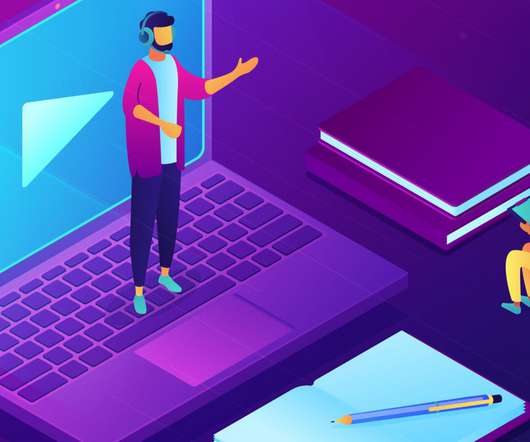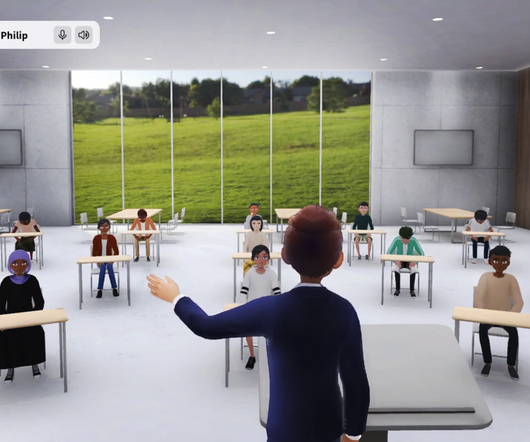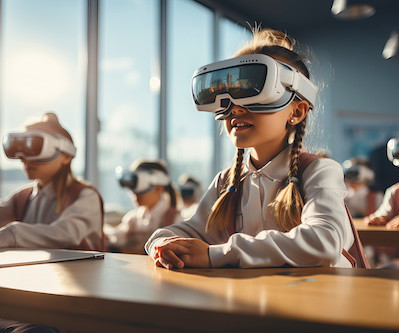Ray Allen Foundation Gifts Computer Lab to Miami-Dade Middle School to Help Bridge the Digital Divide
EdTech Magazine
MAY 29, 2018
Ray Allen Foundation Gifts Computer Lab to Miami-Dade Middle School to Help Bridge the Digital Divide. I want to say thank you for your accomplishments and your efforts to close the digital divide,” Bulnes told Allen. He's a writer, technology enthusiast, social media lover and all-around digital guy.















Let's personalize your content